The subterranean wonder of the Celtic Hypogeum
In Northern Italy’s Friuli-Venezia Giulia you can find the town and commune of Cividale del Friuli, where there is a fascinating and mysterious site – the Celtic Hypogeum. This subterranean wonder contains several branches, and is known for its impressive acoustic capabilities and sound effects.
Cividale del Friuli is located in the Eastern Alps, near Slovenia, and used to be an important regional power. Today, it is a quaint town, and many tourists are attracted to it as a medieval center. Julius Caesar founded Cividale in 50 B.C. The area had already been settled by the Veneti and Celts, but it was after the destruction of Aquileia and Iulium Carnicum that the town became known as Cividale and became the principal town of Friuli.
Within Cividale del Friuli is the Celtic Hypogeum – a subterranean structure created for an unknown purpose. The Celtic Hypogeum consists of a series of underground passages, which have been divided into six chambers. The central chamber can be entered via a small, steep staircase. From there, the Hypogeum splits into three passageways leading to small rooms. Archaeologists have labeled the main chamber as chamber A, with the smaller chambers as B, C, D, and E.
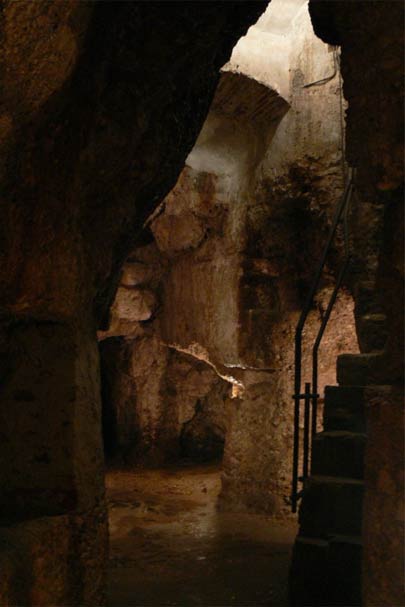
Entrance stairs in the main room of the Cividale Hypogeum. Wikimedia, CC BY-SA 3.0
A primordial technique was used to construct the hypogeum, as it was created by axe blows to the rock. Throughout the central chambers, passageways, and smaller rooms are niches and indentations of varying shapes and heights. Some scholars believe that the niches may have contained piles of bones, lending to the speculation that the Hypogeum was a burial site. Others believe that the site served as a jail, or place of imprisonment. There are further beliefs that the structure was used for religious ceremonies. Situated on the river Natisone, some believe that the Hypogeum began as a natural structure, which was then expanded upon. There is also a belief that some of the rooms functioned as tanks. Decorations found within the chambers include three supposed masks and three small pillars. These decorations lead to further speculation as to the purpose of the Hypogeum.
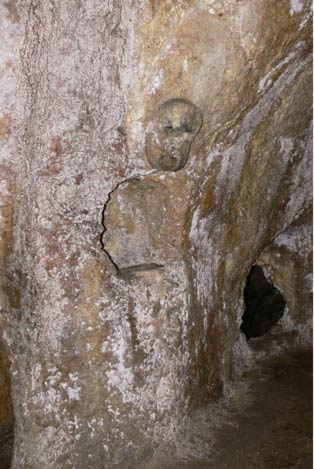
A reported Celtic ‘mask’ above a niche in the upper cave of the Civicale Hypogeum. Wikimedia, CC

Detail of ‘mask’ in the Celtic Hypogeum at Cividale del Friuli. Wikimedia, CC
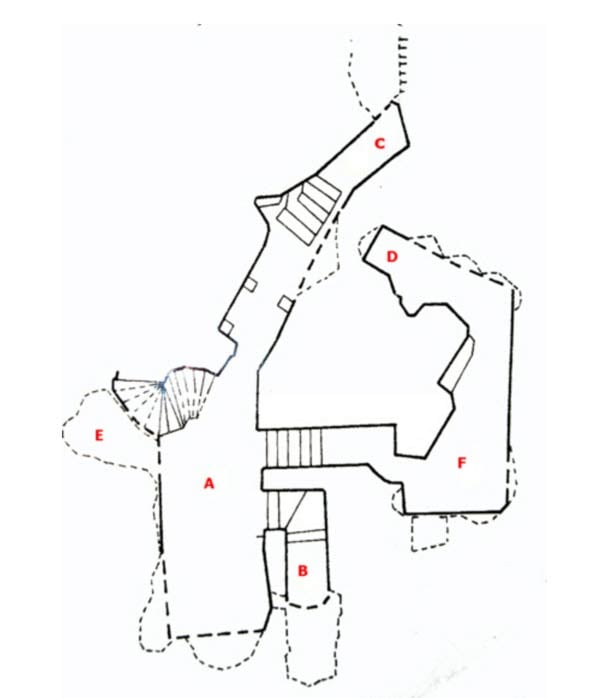
A map roughly illustrating the layout of the Cividale Hypogeum. Wikimedia, CC
The most distinctive and curious features of the Celtic Hypogeum are its acoustic properties and resonance phenomena, which create amazing sound effects, allowing sound to travel through the chambers as if the person speaking is right next to you. Archaeo-acoustic research has shown that the resonance phenomena is present in chambers C and D of the Hypogeum. Along one wall is a small truss that was believed to have been constructed to allow the room to be tuned for the sound of a male voice singing or praying. According to researchers, the chambers are tuned to 94 Hz and 102Hz, so the utilization of the resonance phenomena requires a male voice.
The Celtic Hypogeum represents an archaic form of technology that stuns and mystifies today’s scholars, archaeologists, and tourists alike. While experts and scientists can use modern technology to try to unravel the mysteries of the Hypogeum and its production of the resonance phenomena, the fact remains that the Hypogeum was designed and constructed without the aid of modern technology. It is difficult to imagine how such a crudely built structure could produce such magnificent results, or what could have led to the desire to create this chamber. Tourists today can visit the Celtic Hypogeum to get their own personal glimpse into this historically unique location.
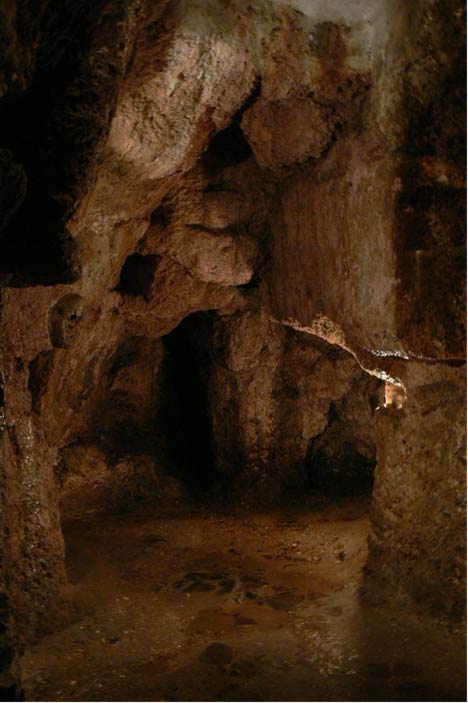
Mysterious chambers in the Cividale Hypogeum. Wikimedia, CC
Featured image: The Celtic Hypogeum at Cividale del Friuli, the main room with view to the lower caves.Wikimedia CC BY-SA 3.0
Sources
Cividale del Friuli Celtic Hypogeum – Provincia di Udine. Available from: http://www.provincia.udine.it/musei/english/Pages/cividaledelfriuli5.aspx
Cividale del Firuli – Wikipedia. Available from: http://en.wikipedia.org/wiki/Cividale_del_Friuli
Celtic Hypogeum – Turismofvg. Available from: http://www.turismofvg.it/Archaeological-sites/Celtic-Hypogeum
Preliminary results of our research in archaeoacoustics in Cividale del Friuli hypogeum, Italy – SB Research Group. Available from: http://www.sbresearchgroup.eu/index.php/en/notizie-in-inglese/168-preliminary-results-of-our-research-in-archaeoacoustics-in-cividale-del-friuli-hypogeum-italy
By M R Reese















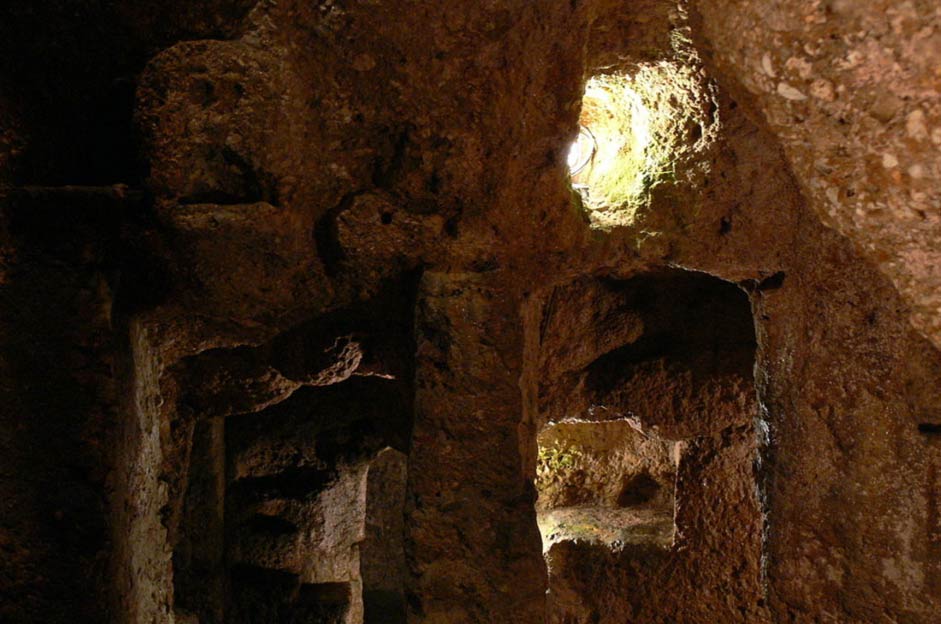

Comments
Simple, such resonance was used to aid travelers to the second attention in their journey. That was in a time before mega societies took hold and places of cult became places of worship and control.